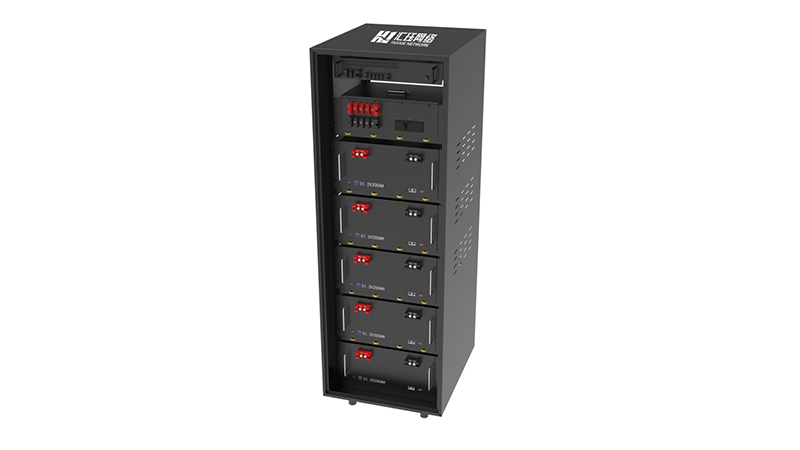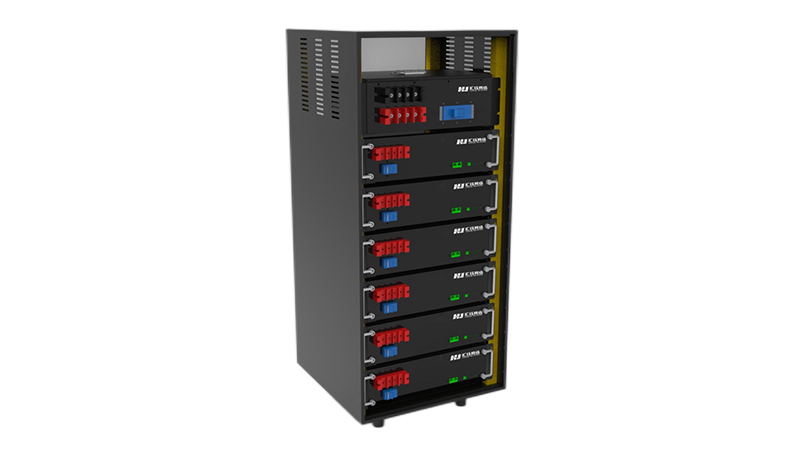
A brief introduction to the evolution of multimode optical fiber
Communication optical fibers are divided into single-mode optical fibers and multi-mode optical fibers according to the number of transmission modes at their application wavelengths. Due to the large core diameter of multimode fiber, it can be used with low-cost light sources, so it has a very wide range of applications in short-distance transmission scenarios, such as data centers and local area networks. With the rapid development of data center construction in recent years, multimode optical fiber, which is the mainstream of data center and LAN applications, has also ushered in the spring and has attracted widespread attention. Today, let’s talk about the development of multimode optical fiber.
According to the standard ISO/IEC 11801 specification, multimode optical fibers are divided into five categories: OM1, OM2, OM3, OM4, and OM5. The corresponding relationship with IEC 60792-2-10 is shown in Table 1. Among them, OM1 and OM2 refer to the traditional 62.5/125mm and 50/125mm multimode fiber; OM3, OM4 and OM5 refer to the new 50/125mm 10 Gigabit multimode fiber.
1. Traditional multimode fiber
The research and development of multimode fiber began in the 1970s and 1980s. The early multimode fiber included many types of sizes. The size types included in the International Electrotechnical Commission (IEC) standard included four types, and the core cladding diameter was divided into 50/ 125μm, 62.5/125μm, 85/125μm and 100/140μm. Due to the large core cladding size, the production cost is high, the bending resistance is poor, and the number of transmission modes increases, and the bandwidth decreases, so the type of larger core cladding size is gradually eliminated, and two main core cladding sizes have gradually formed. They are 50/125 μm and 62.5/125 μm, respectively.
In the early local area network, in order to reduce the system cost of the local area network as much as possible, low-cost LEDs were generally used as light sources. Due to the low output power of the LED, the divergence angle is relatively large, and the core diameter and numerical aperture of the 50/125mm multimode fiber are relatively small, which is not conducive to efficient coupling with the LED. It is not as good as the 62.5/125mm multimode fiber with a large core diameter and numerical aperture. It enables more optical power to be coupled into the fiber link. Therefore, the 50/125mm multimode fiber was not as widely used as the 62.5/125mm multimode fiber before the mid-1990s.
With the continuous upgrading of LAN transmission rate, since the end of the 20th century, the local area network has developed to a rate above lGb/s, and the 62.5/125μm multimode fiber with LED as light source has a bandwidth of only a few hundred megabits, which gradually cannot meet the requirements. In contrast, the 50/125mm multimode fiber has a smaller numerical aperture and core diameter, and fewer conduction modes, which effectively reduces the modal dispersion of the multimode fiber and significantly increases the bandwidth. Due to the smaller core diameter , The production cost of 50/125mm multimode fiber is also lower, so it has been widely used again.
The IEEE802.3z Gigabit Ethernet standard stipulates that both 50/125mm multimode and 62.5/125mm multimode fibers can be used as the transmission medium of Gigabit Ethernet. However, for new networks, 50/125mm multimode fiber is generally preferred.
2. Laser-optimized multimode fiber
With the development of technology, 850nm VCSEL (Vertical Cavity Surface Emitting Laser) appeared. VCSEL lasers are cheaper than long-wavelength lasers and can increase network speed, so they are widely used. Due to the difference between the two light-emitting devices, the optical fiber itself must be modified to adapt to the change of the light source.
For the needs of VCSEL lasers, the International Organization for Standardization/International Electrotechnical Commission (ISO/IEC) and the Telecommunications Industry Alliance (TIA) jointly drafted the standard for a new generation of multimode fiber with a core of 50mm. In the new multimode fiber grade formulated by ISO/IEC, the new generation of multimode fiber is classified as OM3 category (IEC standard is A1a.2), which is laser optimized multimode fiber.
The OM4 fiber that appeared later is actually an upgraded version of the OM3 multimode fiber. Compared with OM3 optical fiber, the OM4 standard only improves the optical fiber bandwidth index. That is, the effective mode bandwidth (EMB) and full injection bandwidth (OFL) of the OM4 fiber standard at a wavelength of 850nm have been improved compared with the OM3 fiber. As shown in Table 2 below.
There are many transmission modes in a multimode fiber, which also brings about the problem of fiber bending resistance. When the fiber is bent, high-order modes are easily leaked out, resulting in signal loss, that is, the bending loss of the fiber. With the increasing number of indoor application scenarios, the wiring of multimode optical fibers in narrow environments also puts forward higher requirements for their bending resistance.
Different from the simple refractive index profile structure of single-mode fiber, the refractive index profile of multimode fiber is very complex, requiring extremely fine refractive index profile design and manufacturing process. Among the four major international mainstream preform manufacturing processes, the most precise method for preparing multimode optical fibers is the plasma chemical vapor deposition (PCVD) process, represented by YOFC. This process is different from other processes in that the number of deposited layers is as many as several thousand, and the thickness of each layer is only about 1 micron during deposition, which can achieve ultra-fine control of the refractive index curve, thereby achieving high bandwidth.
By optimizing the refractive index profile of the multimode fiber, the bending resistance of the current bend-insensitive multimode fiber has been significantly improved, as shown in Figure 1 below.
Figure 1 Comparison of macrobending performance between bending-resistant multimode fiber and conventional multimode fiber
3. New multimode fiber (OM5)
OM3 fiber and OM4 fiber are multimode fiber mainly used in the 850nm band. As the transmission rate continues to increase, only a single-channel band design will bring more and more intensive wiring costs, and the subsequent management and maintenance costs will also increase accordingly. Therefore, technicians try to introduce the concept of wavelength division multiplexing into the multimode transmission system. If multiple wavelengths can be transmitted on one optical fiber, the number of parallel optical fibers and the cost of laying and maintenance can be greatly reduced. In this context, OM5 optical fiber came into being.
OM5 multimode fiber, based on OM4 fiber, widens the high-bandwidth channel, which can support transmission applications in the 850nm~950nm band. The current mainstream applications are SWDM4 and SR4.2 designs. SWDM4 is the wavelength division multiplexing of four short wavelengths, namely 850nm, 880nm, 910nm and 940nm. In this way, one optical fiber can support the services of the previous four parallel optical fibers. SR4.2 is two-wavelength division multiplexing, mainly used in single-fiber bidirectional technology. OM5 can cooperate with VCSEL lasers with good performance and low cost to better meet short-distance communications such as data centers. The following table 3 is a comparison of the main bandwidth indicators of OM4 and OM5 optical fibers.
At present, OM5 fiber, as the latest high-end multimode fiber, has many application cases. One of the biggest business cases is the OM5 business case of the main data center of YOFC and China Railway Corporation. The data center aims at the application advantages of OM5 optical fiber in the wavelength division system on SR4.2, uses the lowest cost, realizes the communication with the largest capacity, and prepares for further upgrading the rate in the future, and the rate will be increased to 100Gb/s or even 400Gb in the future /s, or when widening the band application, the fiber can no longer be replaced, which can significantly reduce the cost of future upgrades.
Summary: With the continuous improvement of application requirements, multimode fiber is developing in the direction of low bending loss, high bandwidth, and multi-wavelength multiplexing. Among them, the most potential application is OM5 fiber, which has the characteristics of current multimode fiber The optimal performance provides a powerful optical fiber solution for future 100Gb/s and 400Gb/s multi-wavelength systems. In addition, in order to meet the requirements of high-speed, high-bandwidth, and low-cost data center communications, new multimode optical fibers, such as single-multimode general-purpose optical fibers, are also being developed. In the future, YOFC will launch more new multi-mode optical fiber solutions together with industry peers, bringing new breakthroughs and lower costs to data centers and optical fiber interconnection.



